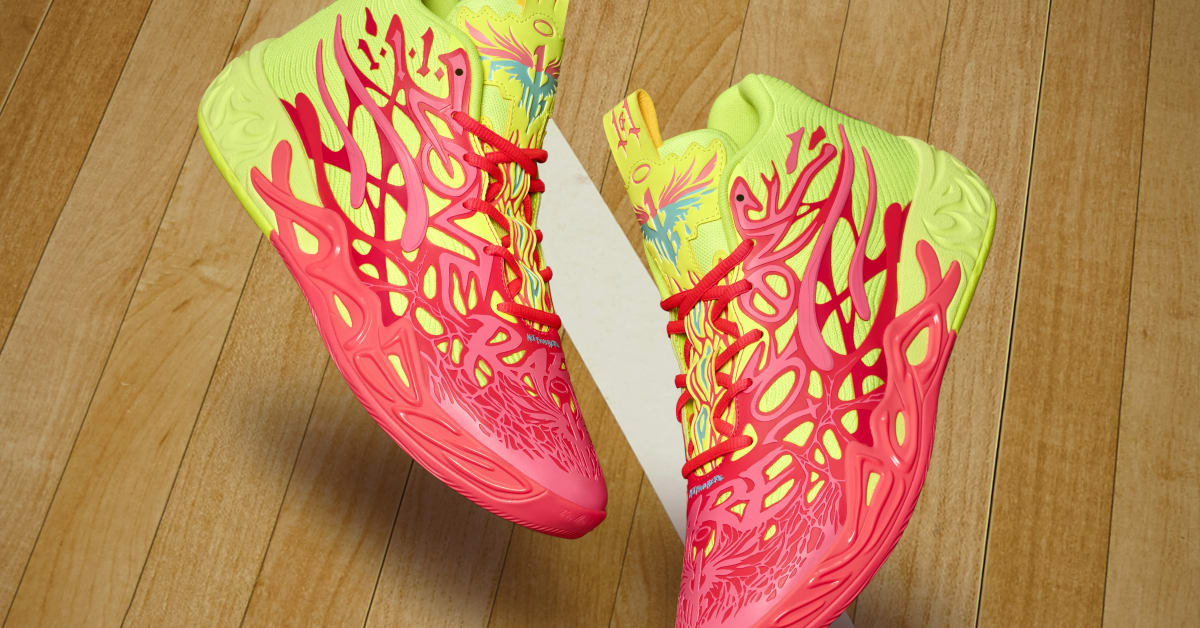Hybrid work schedules are a new reality for many of us office workers. Look, it’s better than spending a mandatory five days a week in our workplaces, and it also prevents us from succumbing to the WFH malaise.
As an editor covering tech—and just generally being a techie guy—one of the advantages of going into an office is the space for a multiscreen setup. I love having my monitor as a second screen. At home, though, I didn’t have quite as good of a setup. My productivity, too, was taking a hit. This was all until I found the perfect portable monitor. The one that completely changed my WFH game forever.
The Ricoh 150 portable OLED monitor has improved my WFH workflow and helped me accomplish as much at home as I do in the office. It’s the best portable monitor I’ve ever used, sporting a gorgeous 300-nit OLED screen, two USB-C ports, and a built-in kickstand. There’s only three controls—a power button, a rocker switch for volume, and a back button for input switching—and setting it up is as easy as plugging in and hitting power.
An Elevated Second-Screen Experience
I’ve been testing the Ricoh 150 OLED monitor for over three months, and in that time it has become an irreplaceable part of my WFH setup. This works as a gorgeous second screen, regardless of if I’m working on my desk, the dining table, or the kitchen island waiting for lunch to heat up.
The slim-bezeled OLED is a dynamic 15.6-inch screen with more screen real estate than your typical laptop. Combine the two and—boom!—I can have Slack, Outlook, Photoshop, and the article I’m working on all pulled up simultaneously.
The flexibility of the device is made literal with its built-in kickstand. This is where the OLED viewing angles really shine. The monitor rests anywhere between 70 and 16 degrees off the ground and is perfectly legible at all angles. The feet of the kickstand, as well as the bottom of the monitor, are outfitted with rubber. This prevents scratches and scrapes from damaging your desk while also keeping the device steady. The slightest touch won’t knock it over, and the monitor is light enough that it’s easy to lift and reposition with one hand while still typing with the other.
The Ricoh 150 is completely wired, with two USB-C ports. Why two? Well, you can connect two devices at once. If you’re using this on a gaming laptop and want to hook up a wired controller directly to the monitor? You can do that, as long as it’s USB-C.
With no HDMI out, connectivity is limited to USB-C, but the virtually identical 150BW monitor supports wireless connection via Miracast. On Amazon, that one will cost you an extra $100 on top of the, admittedly exorbitant, starting price.
Room for Improvement
The monitor is not without its share of flaws—many of them notable but few fatal. The one that might be deadly, however, is the price. This retailed for $599 when it came out, and while it’s currently a bit less pricey than that, we are still talking about the high end for portable monitors. Seriously, we are getting into tablet range.
The monitor comes equipped with two back speakers and, unfortunately, they suck. The sound is tinny and doesn’t get very loud at all. It’s likely already connected to a computer with a better speaker, like my MacBook Air.
Finally, there is the matter of the touch screen. Out of the box, this thing won’t work like an iPad. In my experience, I couldn’t even get the touch screen to function. Using the Ricoh Stylus (sold separately for $80), it was more responsive, but the way it works is still strange.
With the stylus I can follow my mouse cursor and drag it around the screen. By pressing a button on the stylus and tapping an icon I can click on it. As a process, it’s too complicated (a gesture and a click to replace … just a click?) and it only works some of the time. As a reviewer, I feel like I’m losing my mind. It’s the kind of shit that makes me wonder if any other reviewers are actually testing this out, because I can’t find mention anywhere that this is how Ricoh’s 10-Point Touch Display actually works: poorly.
Final Verdict
How do I measure the value of something that I use every single week, warts and all? It’s not an easy job, but it requires honesty. In all honestly, I love the Ricoh 150 portable monitor for what it succeeds at—being a second screen. It’s gorgeous, big but not bulky, and I can take it anywhere I’m traveling for work.
Beyond that, I admire what Ricoh is trying to do. Give a portable monitor tablet features. That makes sense. But the touch capabilities and speakers need some work before you start charging tablet prices.
Why Trust Esquire?
At Esquire, we’ve been testing and reviewing the latest and greatest products for decades now. When it comes to tech, hands-on testing with every gadget and piece of gear we review is our number-one priority. From headphones to smartwatches, we know which brands are the best of the best … as well as which to avoid.
I have been testing the Ricoh OLED Portable Monitor and the Ricoh Stylus since July. I’ve spent hours trying to enjoy music out of its terrible speakers and get the touch screen to work properly. After giving up on those features, I still used it for countless hours.
Read the full article here









